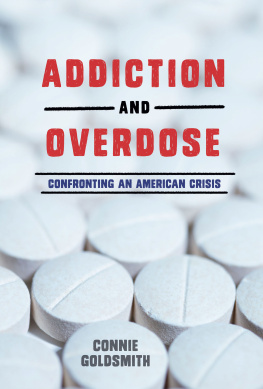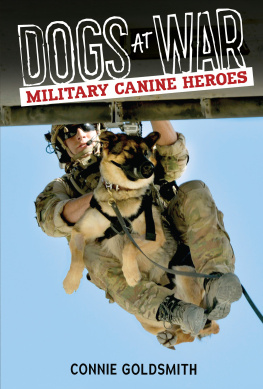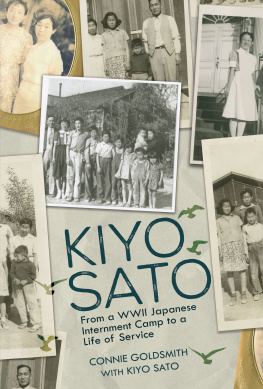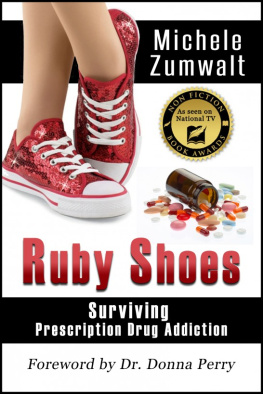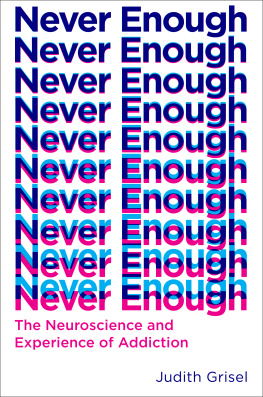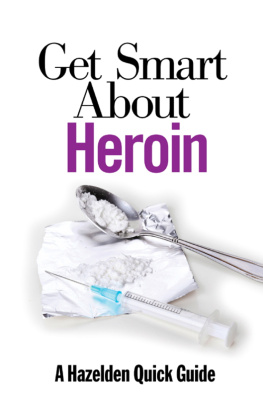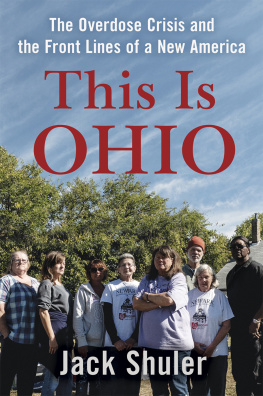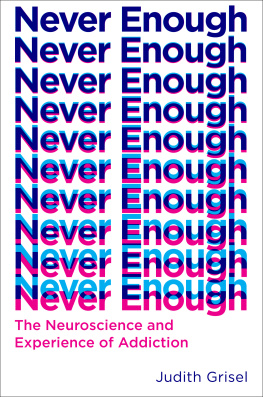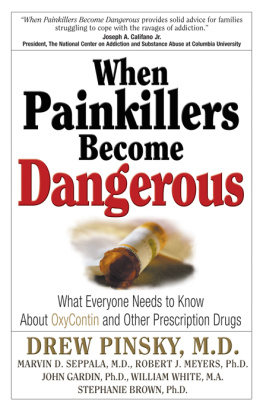This book is dedicated to my sister, Kerri, who battled the twin demons of depression and opioid use for many years.
Acknowledgments: The author especially wishes to thank Stephen Ahlert; Alisha Choquette; Ellen Hopkins; Robert Kingwell, MD; Lauren Kramer; Brian and Donna Kull; and Leeann Nielson, who shared their highly personal stories with me for this project, and the health-care professionals social worker Sarah Gaskill; Earl Washburn, MD; and Tom Zimmerman, MD, who shared their expertise.
Text copyright 2018 by Connie Goldsmith
All rights reserved. International copyright secured. No part of this book may be reproduced, stored in a retrieval system, or transmitted in any form or by any meanselectronic, mechanical, photocopying, recording, or otherwisewithout the prior written permission of Lerner Publishing Group, Inc., except for the inclusion of brief quotations in an acknowledged review.
Twenty-First Century Books
A division of Lerner Publishing Group, Inc.
241 First Avenue North
Minneapolis, MN 55401 USA
For reading levels and more information, look up this title at www.lernerbooks.com.
Main body text set in Adobe Garamond Pro 11/15
Typeface provided by Adobe Systems.
Library of Congress Cataloging-in-Publication Data
Names: Goldsmith, Connie, 1945 author.
Title: Addiction and overdose : confronting an American crisis / by Connie Goldsmith.
Description: Minneapolis : Twenty-First Century Books, [2017] | Includes bibliographical references and index.
Identifiers: LCCN 2016033031 (print) | LCCN 2016047771 (ebook) | ISBN 9781512409536 (lb : alk. paper) | ISBN 9781512448610 (eb pdf)
Subjects: LCSH: Drug addictionUnited StatesJuvenile literature. | Drug abuseUnited StatesJuvenile literature. | Medication abuseUnited StatesJuvenile literature. | NarcoticsOverdoseUnited StatesJuvenile literature.
Classification: LCC RC564.3 .G65 2017 (print) | LCC RC564.3 (ebook) | DDC 362.290973dc23
LC record available at https://lccn.loc.gov/2016033031
Manufactured in the United States of America
1-39550-21250-12/12/2016
9781512467772 mobi
9781512467789 ePub
9781512467796 ePub
Contents
Chapter One
Addiction and Overdose in America
Chapter Two
The Power of Addiction
Chapter Three
Faces of Addiction
Chapter Four
From Prescription Drugs to Heroin
Chapter Five
Patients and Doctors in the Middle
Chapter Six
Prescription for a Better Future
Chapter Seven
Relapse and Recovery
Chapter One
Addiction and Overdose in America
S unday, May 10, 2015, was a perfect Mothers Day for Donna Kull of Hillsborough, New Jersey. The four of us had dinner together on the deck: my husband Brian, our son Adam, and his older sister, she says. It was so pleasantjust what every mother hopes forher grown children together and seemingly happy, everyone enjoying just being together for a meal.
Overdose deaths, particularly from prescription drugs and heroin, have reached epidemic levels.
Chuck Rosenberg, acting administrator, US Drug Enforcement Administration, 2015
Three days later, she was at her desk in the office where she worked as the secretary for a group of busy high school guidance counselors. The call that changed our familys lives forever came into the office at 7:45 a.m., she says. The mother of one of her sons friends was on the phone. She was nervous, even a bit hysterical. It seemed like I had to pull the words out of her. Donna, these kids, she said. I just dont know. Hes gone. Who? I screamed. Whos gone? Adam, she said. Hes dead at his apartment. I yelled, NO! No, not Adam!
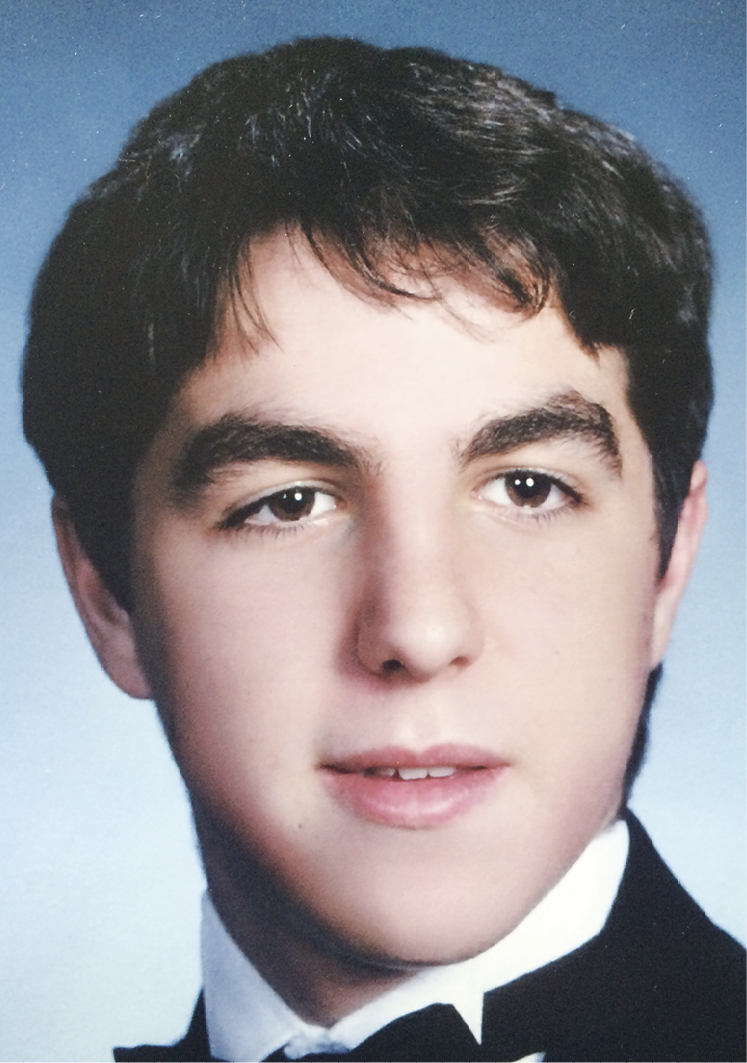
Adam Kull died in 2015 from an overdose of fentanyl-laced heroin. Fentanyl is an opioid prescription painkiller. He was one of nearly thirteen thousand Americans who died from a heroin overdose that year.
Kulls coworkers heard her anguished cry and gathered around her. I said that my son had died and I needed to go. They wanted to take me, told me that I shouldnt drive, but I wouldnt listen. I dont remember my thoughts, I just knew that I had to leave and get to where Adam was. I grabbed my things and cursed God as I ran for my car. I drove as quickly as I could to Adams apartment, about forty minutes away from my office. She knew her son used heroin, and she suspected an overdose had killed him.
Left Behind
Stories similar to Adams happen far too often in the United States. Drug overdoses and deaths can happen anywhere: in the dark side streets and alleys of large inner cities; in small towns, rural areas, and suburbs; in poor as well as wealthy neighborhoods; and in small apartments and large homes. Its victims include teens and twenty-somethings with bright futures, high school and college athletes, blue- and white-collar workers, parents with young children, men and women, people of every race and identity, and older adults living with chronic pain. In 2015, the latest year for which the government has complete data, the states with the highest rates of overdose deaths in order were West Virginia, New Hampshire, Kentucky, Ohio, and Rhode Island.
Who dies of drug overdoses? A college athlete in Kentucky on Vicodin for a football injury. A suburban mother in New Hampshire taking Percocet for a broken ankle and Valium for anxiety. A farmworker in Ohio who was injured on the job. An unemployed coal miner in West Virginia using heroin because its cheaper than the prescription painkillers he took for his back pain. Celebrities such as Prince and Michael Jackson, who both started taking prescription painkillers for legitimate reasons, became addicted, and eventually died from overdoses. And twenty-seven-year-old Adam Kull, a top wrestler and soccer player in high school who became addicted to a prescription medication for anxiety and then to heroin.
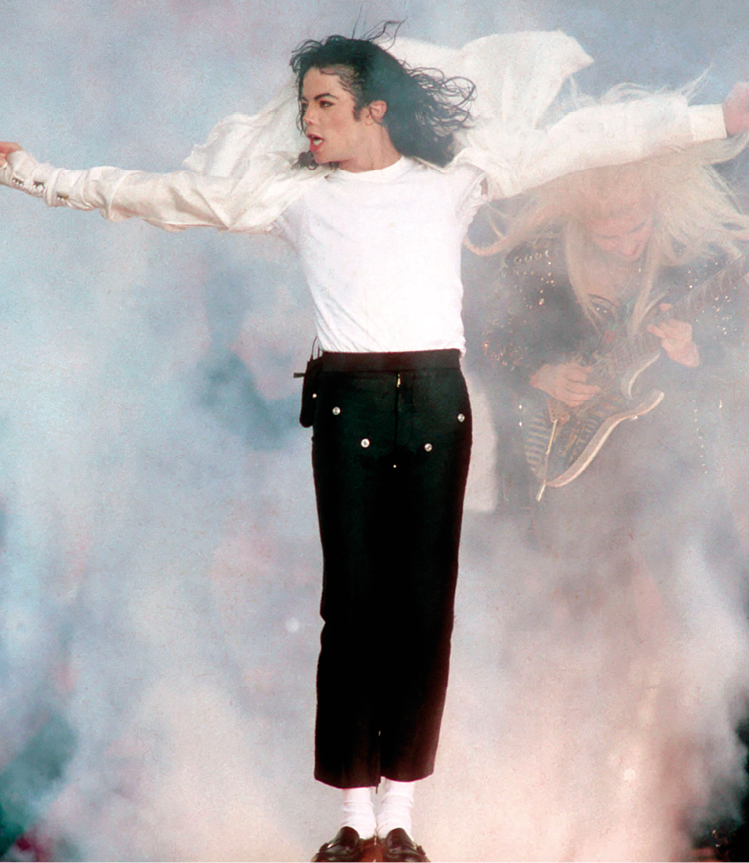
Michael Jackson died in 2009 after his physician, Dr. Conrad Murray, injected him with the surgical anesthetic propofol, which Murray routinely used to help Jackson sleep. Jacksons years of addiction to Xanax and opioids likely contributed to his death. Jacksons addiction to prescription painkillers dated back to 1984, when he suffered serious scalp burns while filming a commercial.
When Donna Kull arrived at her sons apartment, two police officers escorted her up the stairs. I remember taking a very deep breath and looking into Adams bedroom, she says. He was lying on the floor with blood spilling from his mouth. The officers wouldnt let me go into the room, as it was still a crime scene. (Authorities consider the scene of a sudden, unexplained death to be a crime scene until the cause of death is determined and foul play is ruled out.) From the doorway, I squatted down and looked at him, tears welling up in my eyes, shaking my head. I said, Why Adam! Why? I cant believe it. I told him that I loved him, that I was proud of him, and then I said good-bye. Adam was on his way to the medical examiners office in Newark [New Jersey] and I had to get home to tell my family. Like Donna Kull, the authorities suspected that Adam Kull had died of a drug overdose. The medical examinera doctor who investigates suspicious deathswould run blood tests to determine the specific cause of death.

